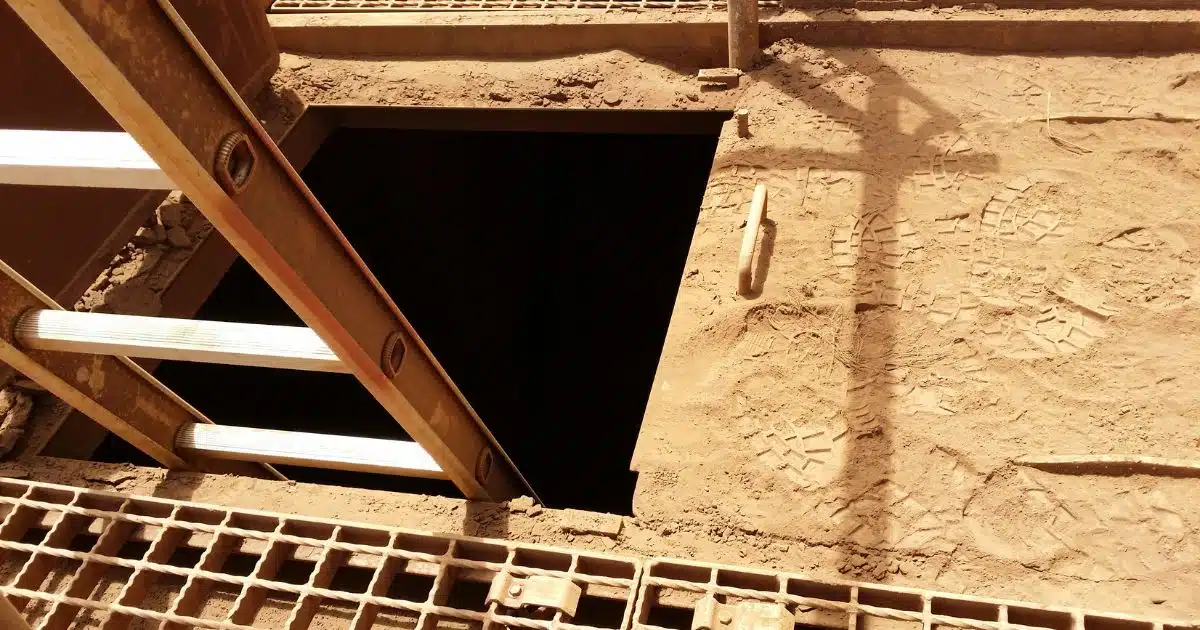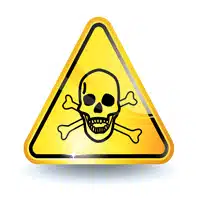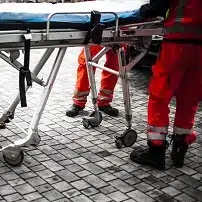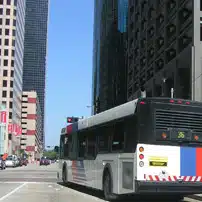Each day, there are millions of workers across the U.S. who are placing themselves at risk. Whether a job requires heavy lifting or working with machinery, every job has its dangers that could cause a worker to suffer an injury and take time off from work. Some jobs, however, come with more risks than others.
One job that presents more than the normal share of job-related risks is one that requires a person to work in a confined space. Working in a confined space means having limited ability to move, which suggests that if danger is present, a worker might only have a paucity of a chance to escape unscathed.
Fortunately for workers who routinely enter confined spaces to perform much-need tasks, there are regulations and protocols that could significantly reduce the chances of suffering an injury.
A confined space is more than just a small area. According to the Occupational Safety and Health Administration (OSHA), a confined space is large enough for a worker to perform specific job tasks and has limited room for a worker to enter and exit. OSHA explains that a confined space is not necessarily designed to accommodate people or allow them to occupy it on a continual basis.
OSHA oversees the safety of American workers. This includes mandating regulations for workers in confined spaces. OSHA insists that employers must maintain visual or verbal communication with their employers at regular intervals while in a confined space.
Furthermore, OSHA mandates that a permit be required for any worker who works in a confined space that presents a specific danger. This includes spaces containing hazardous materials, a hazardous atmosphere, walls converging inward, floors that taper in size, live wires, heat stress, and unguarded machinery.
Safety protocols save lives. Workers in confined spaces must have specific training to complete a task, and that includes safety and emergency procedures. A qualified supervisor should be present at all times and perform a safety inspection before any employee enters the confined space. Inspections should include a test of the air quality, infrastructure, work and safety equipment, and escape route.
A plan should be in place and learned in case of an emergency. All necessary and up-to-date safety equipment should be supplied, including protective gear, equipment to detect toxins and flammable gasses, fire extinguishers, and oxygen masks. Lastly, there should be constant communication between a supervisor and worker.
What Occupations and Confined Spaces Present the Greatest Risks?
The U.S. Bureau of Labor Statistics (BLS) reports that over a nine-year period, the occupations that saw the most deaths in confined spaces were construction laborers, agricultural workers, first-line supervisors in construction trades, plumbers, pipefitters, and steamfitters. In addition, BLS reports that the causes of these deaths include falling from a higher to lower level, inhalation of a dangerous substance, a collapse of an enclosed space, engulfment of collapsing materials, a fire or explosion, and operating machinery.
The confined spaces that these workers were in included:
- Septic tanks.
- Silos.
- Oil tanks.
- Ditches.
- Trenches.
- Excavations.
- Underground mines.
- Caves.
- Tunnels.
- Crawl spaces.
- Manholes.
- Sewers.
- Wells.
- Storm drains.
What Does Workers’ Compensation Provide?
If you are injured in a confined space while performing work duties, you are likely eligible for Workers’ Compensation benefits.
Workers’ Compensation provides benefits that cover medical expenses, including doctor visits, tests, surgery, rehabilitative services, and prescriptions. Lost wages are covered but at a percentage of a worker’s salary. This includes injuries resulting in permanent disability. Death benefits may also be provided.
Wilmington Workers’ Compensation Lawyers at Rhoades & Morrow Represent Those Injured in Dangerous, Confined Work Spaces or Conditions
If you have been injured due to hazardous work conditions, such as working in a confined space, you may need a lawyer if there is a problem with your claim. One of our experienced Wilmington Workers’ Compensation lawyers at Rhoades & Morrow will protect your rights. Call us at (302) 427-9500 or contact us online for a free consultation. We are located in Wilmington, Bear, Milford, and Lewes, Delaware. With offices in all three counties of Delaware, we serve clients throughout the state.





